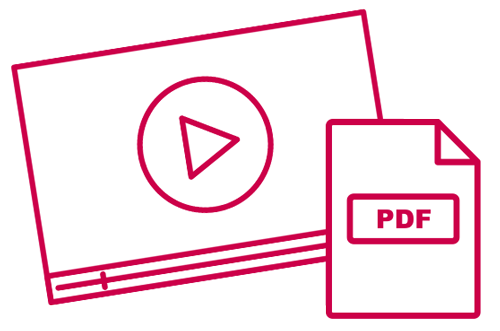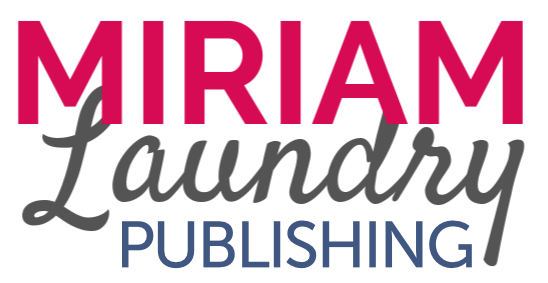As a children's author, staring at a blank page can be both exciting and daunting. The beginning of the writing process holds endless possibilities, but it’s also a breeding ground for writer’s block. Fortunately, many authors before you and me have overcome this problem before, and we can learn from some tried and true strategies. Read on to discover what writer's block truly is and techniques to overcome it.
What Writer's Block Actually Is
There are many things that can cause writer’s block and get you stuck on the blank page. Here are some of the most common culprits.
Fear
Fear of failure, rejection, or disappointment can paralyze even established writers. Though these fears are normal and we need to acknowledge them, we also need to acknowledge the consequences of letting those fears hold us back from conquering the blank page.
Uncertainty
Often, writer's block comes from not knowing where to begin or feeling lost in your ideas. You might not know where to take the plot, how to develop likeable characters, or aren’t sure who your target audience should be.
To get past the blank page, tackle each of these issues as needed by crafting an outline, getting to know your main characters, and identifying your future readers.
Here are some resources to help you do that:
Outlining: Children’s Book Blueprint
Characters: How to Create Dynamic Characters
Audience: Children’s Book Age Categories
Pre-emptive Editing
Constantly revising your story before you’ve gotten the first draft to fill up that blank page can stifle creativity. The urge to perfect each sentence before moving forward can hinder the flow of ideas. Leave editing behind for now.
How to Conquer the Blank Page
Read for Inspiration
Take a step back from the blank page and let another author’s words inspire you. Whether it's classic fairy tales or contemporary stories, reading can reignite your imagination.
Outline Your Story
Drafting a basic outline can serve as a roadmap for your book. It doesn't need to be detailed; simply jotting down key scenes and a general idea of where the story is going can help you start making headway on the blank page.
Remember It's a First Draft
I’ve written about this before, but you need to give yourself permission to write badly. The blank page is where you’ll put your first draft, and you can always edit later.
Interested in Writing a Children's Book?

What To Do Next
Edit Your Story
Once your first draft is done and the blank page has been filled, it's time to edit. I’d recommend doing some self editing before hiring a professional. You can learn more about how to edit your picture book HERE. (NOTE: do NOT check this out until your first draft is done!)
Seek Feedback
Share your story with trusted friends, fellow writers, or even potential readers. Ask for feedback to get more direction as you edit.
Celebrate
Conquering the blank page is the number-one reason aspiring authors never publish their books, so when you do it, make sure to celebrate! Pop some bubbly, go out for a nice dinner, or allow yourself some stress-free leisure time. Whatever your celebration looks like, make sure you enjoy it.
Writer's block is by no means uncommon, but it’s very surmountable. By understanding the underlying causes of writer's block and actively honing your skills, you can conquer the blank page every time.
